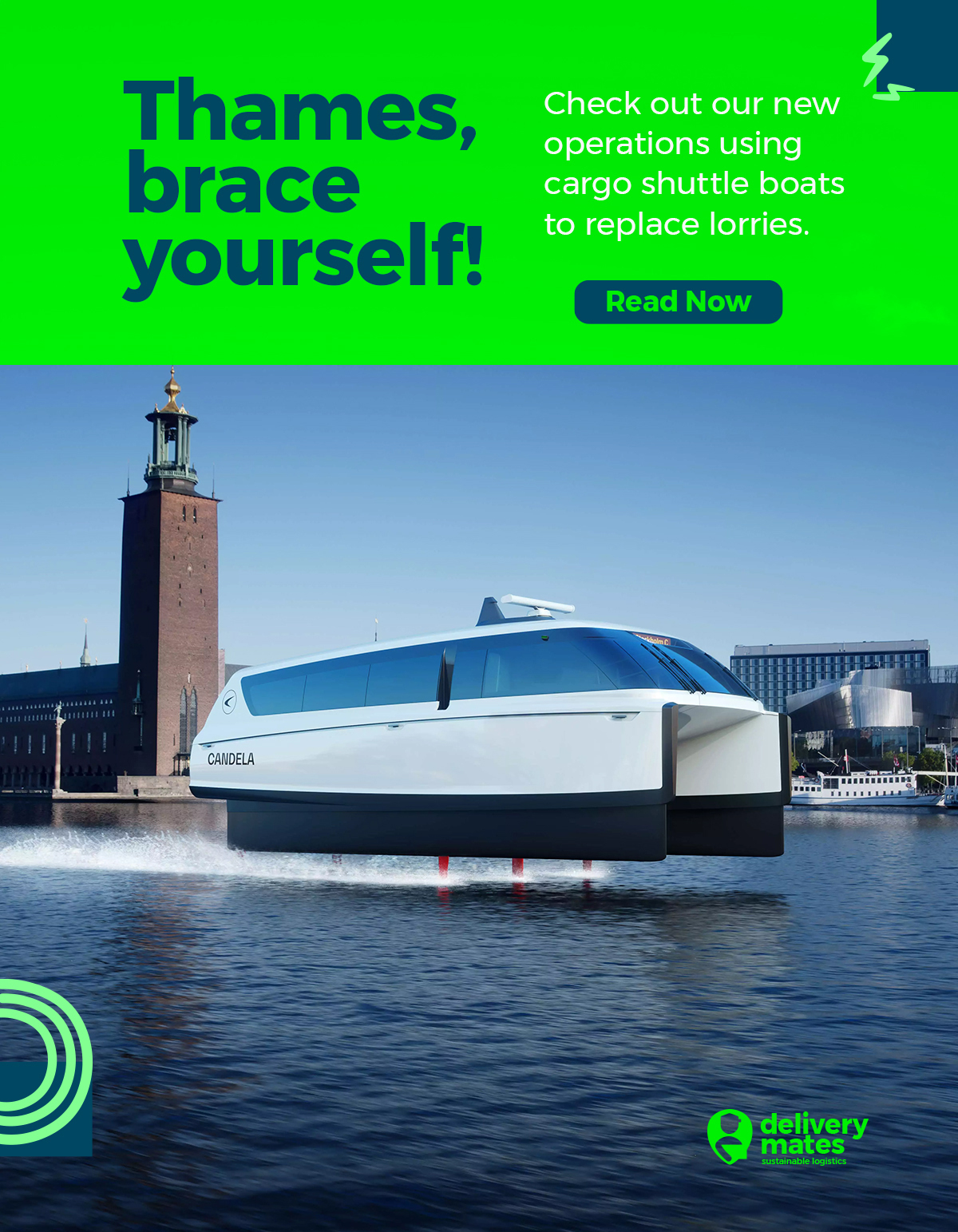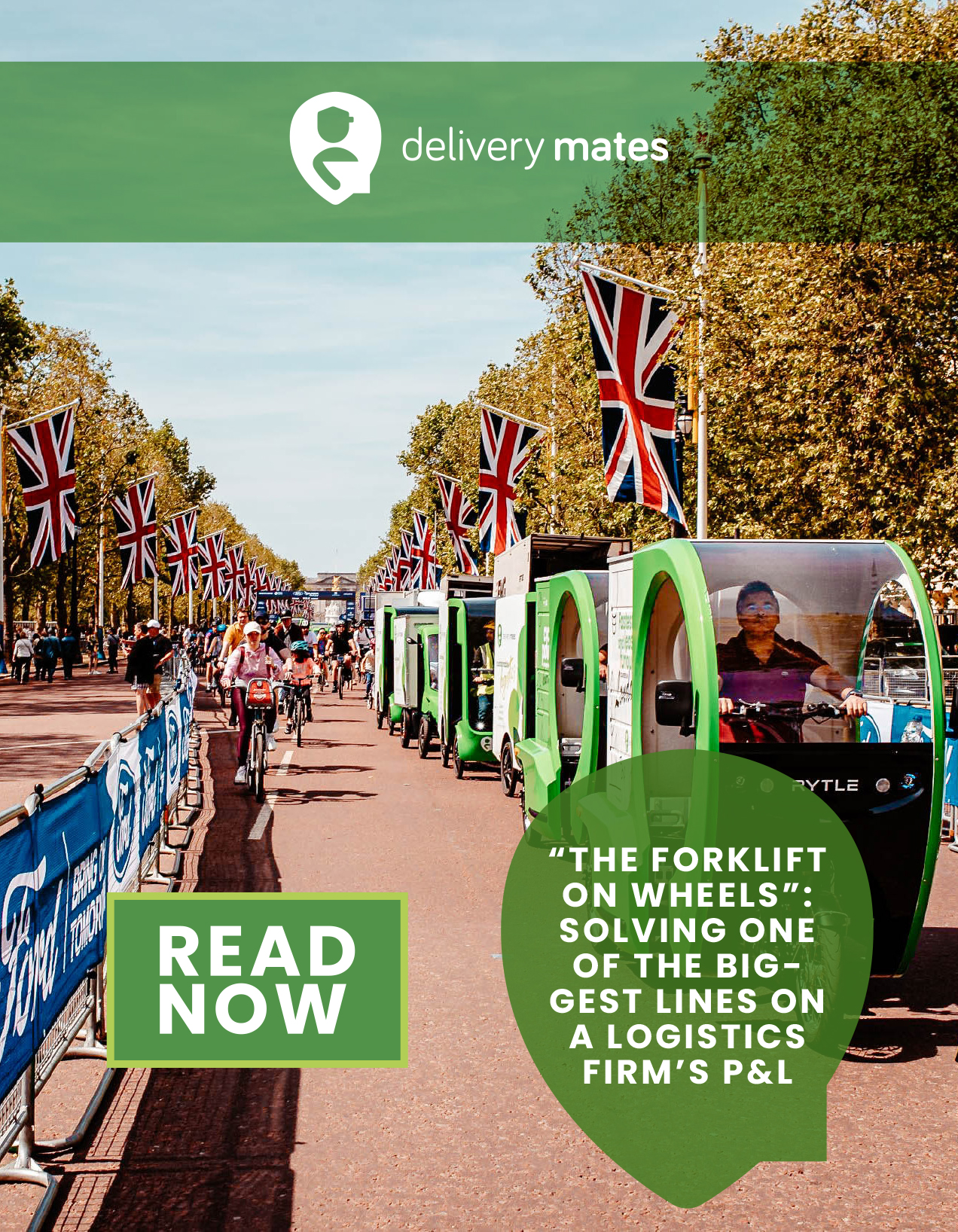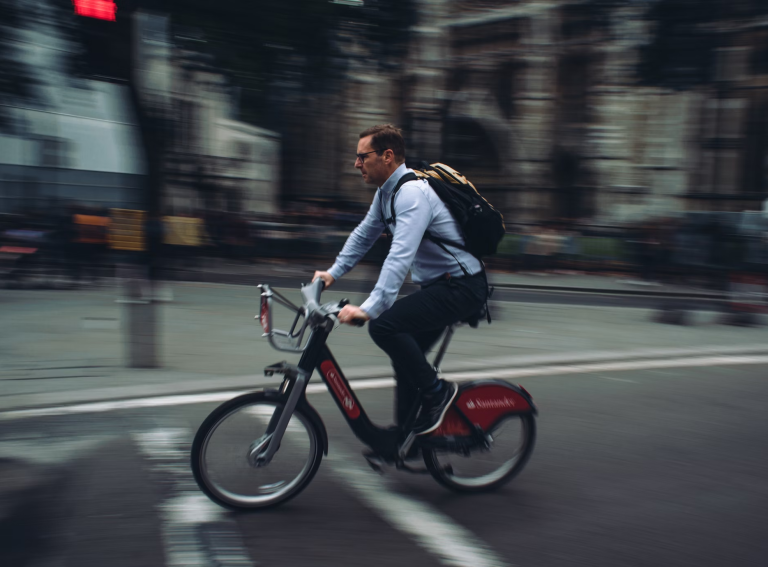Have cities gone too far on regulations? What is the regulatory sweet spot that balances commercial business needs and consumer interests?
This is one of the key topics being debated on a panel at Micromobility Europe from 8-9 June by the CEO’s of four global operators – Tembici, Swing, Fenix and Dott.
As the micromobility sector has evolved, each region has found different ways to handle the boom of transport alternatives. Governments have established a myriad of rules, from limiting vehicle speeds, to capping fleet sizes and fining users without helmets.
For Dott, despite the Paris vote and its subsequent exit from the French capital at the end of this summer, the shared operator still remains very pro-regulation.
“The Paris vote was unique,” says Dott CEO Henri Moissinac. “Specific voting methods led to an extremely low turnout, heavily skewed towards older age groups, which has widened the gap between pros and cons. Generally, cities are committing to micromobility for longer.
“We are supportive of sensible regulation, which can improve the experience for both our riders, and all city residents when done well. And for our service to be sustainable in the long term, it has to be integrated into cities in a responsible way.”
Reverberations of the Paris vote have been felt outside European borders too, according to Swing CEO San Kim.
Swing currently operates more than 100,000 vehicles in South Korea.
Unlike most European markets, South Korea has almost no regulation on the operator side but “super tight” regulation on the rider side.
“For the past four years, we haven’t had any bidding system or fleet caps, but e-scooter riders are fined if they don’t have a car driver’s license and a helmet,” says Kim.
“Now the micromobility regulatory scene is changing in South Korea, especially after the Paris ban, as our regulators love a ‘global benchmark’. Regulators are asking companies to register, report or possibly ask for approval on how many scooters they can operate.”
San says this change will make it harder for operators to survive in the country. The maintenance of tight regulations for users and more rules for operators threaten the industry to revert back to a dock-based sharing model.
“Until now, we could make profits by super optimising the operation under a weak demand, which may not be possible anymore. This will bring some pressure to consolidate. We may all disappear as scooter companies and be reborn as dock-based bike-sharing firms instead.”
Middle East
One of the big players in the Middle East is Fenix.
Fenix CEO Jaideep Dhanoa says that regulations are unavoidable to guarantee arrangements that leverage public interests and long-term business viability.
“Cities naturally don’t operate at startup speed, so there is a tension between cities who want to get things right and operators who are trying to build a business today.”
Dhanoa says regulatory uncertainty has made it unclear when firms can launch in the region, how fast they can grow and how large they can become.
To curb these uncertainties, Fenix expanded its scope beyond the shared e-scooter business model to include subscription vehicles, and most recently B2B deliveries on electric vehicles.
“These additional business lines leverage the same operations infrastructure and transacting consumer base, key resources that may be underutilised when solely used for shared e-scooters. As they fit into the current model of how cities operate, they also have a far lighter regulatory burden.”
Latin America
On the other side of the Atlantic, Tembici CEO Tomas Martins says that Latin American policymakers have been managing to regulate the industry in a balanced way to allow the operator model to prosper, while ensuring the orderly use of public space.
“Whilst I do believe that policymakers can do more to ensure safety and increase micromobility usage in the region, there has been a positive change in the government’s posture to active modes,” says Martins.
He says new financing schemes to promote active mobility infrastructure have been introduced by Brazil’s government and micromobility has been included in São Paulo’s urban master plan. Additionally, bike lanes have been continuously extended in the continent’s main capitals.
“In the last year and a half, 177 km of bike lanes were implemented in Sao Paulo alone,” says Martins.
Regulatory sweet spot
For Dhanoa, policymakers need to create a space to accommodate micromobility so their presence does not create a negative impact on cars and pedestrian traffic.
“Operators should be allowed to invest in meaningfully large fleets at perhaps one order of magnitude below the number of cars in cities,” he says. “More vehicles on safe infrastructure creates more reliable convenience for consumers which creates more switching from ‘need to own a car’ to ‘owning a car is optional’.
Perhaps the closest we have come to a common set of regulatory recommendations for policymakers has been the European Transport Safety Council (ETSC) and the independent Parliamentary Advisory Council for Transport Safety (PACTS) recent report.
These include a 20 km/h factory-set speed limit, power limit of 250w, a ban on pavement riding, compulsory helmets, minimum rider age of 16 and a mandatory audible warning device.
Micro-Mobility for Europe, a members association of eight shared micromobility providers, then put forward its own set of recommendations off the back of this, based on experience across a combined 37 countries. “These cover the environment a service should function in, and the best way to regulate programmes to achieve financial sustainability over the long term,” said Moissinac. The CEO said the recommendations “strike the balance which allow shared micromobility services to thrive, whilst improving the experience for non-riders.”










